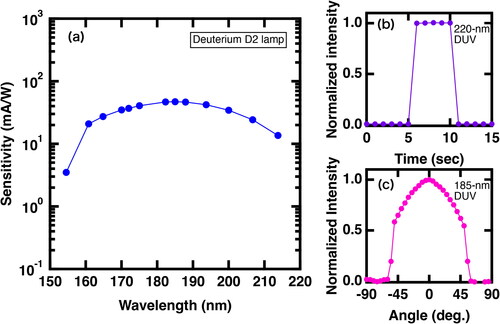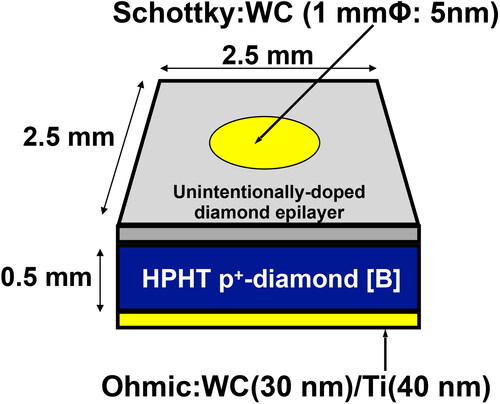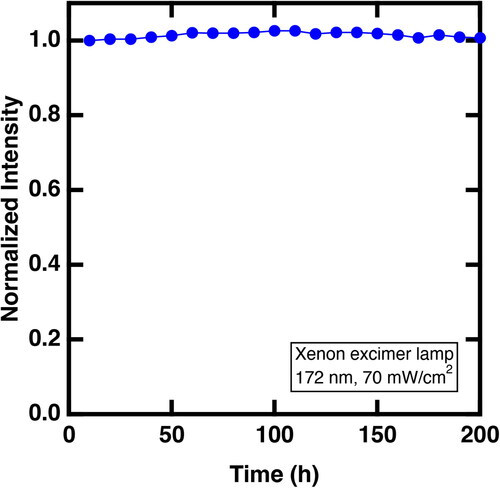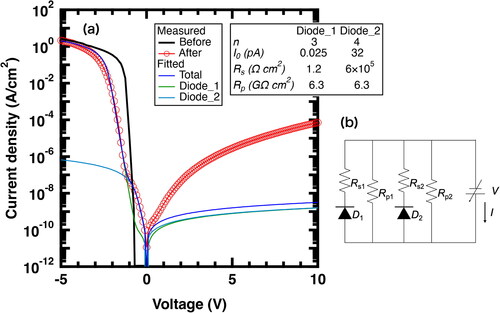Figures & data
Figure 2. XRD profiles of diamond epilayer/p+-diamond substrate structure. (a) X-ray rocking curve and (b) 2θ-ω scan profiles of 004 diamond reflection.
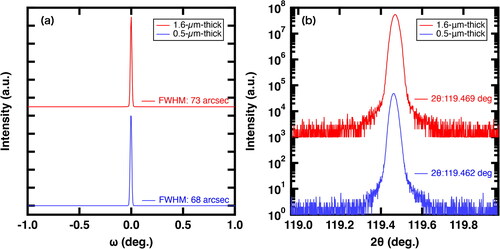
Figure 3. Raman spectra. Black, blue, and red lines correspond to the spectra of p+-diamond substrate, 0.5-μm thick diamond epilayer, and 1.6-μm thick diamond epilayer, respectively.
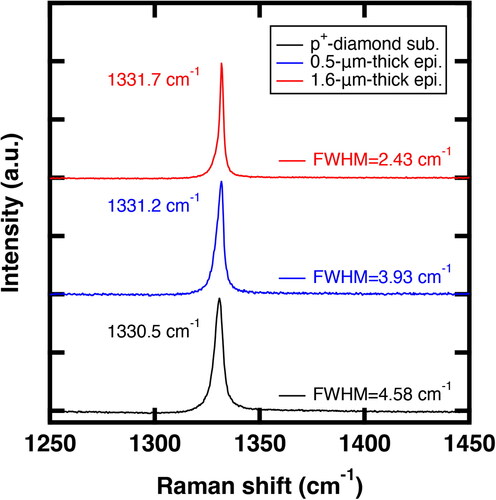
Figure 4. I-V characteristics of diamond-based vertical-type SBPD. Black and violet open circles correspond to dark and 220-nm DUV light illumination characteristics, respectively. The inset shows the equivalent circuit used for the fit. The solid line is the fitted curve.
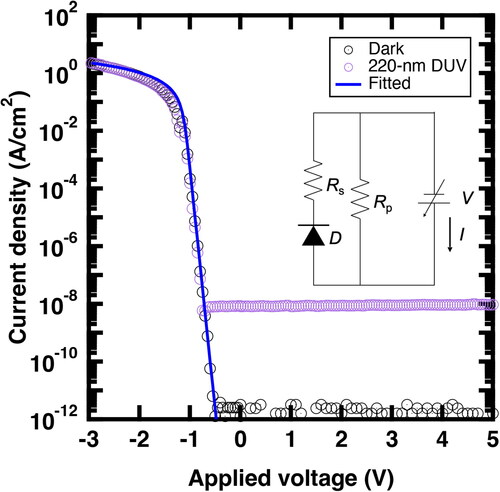
Figure 5. Spectral response characteristics. (a) Sensitivity as a function of wavelength, (b) response property, and (c) light angle dependence on the photocurrent.
